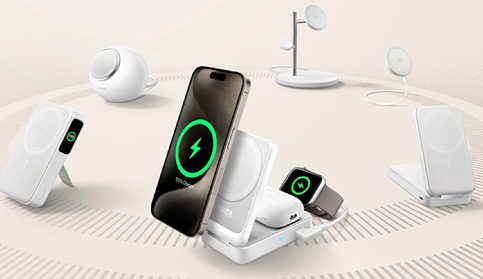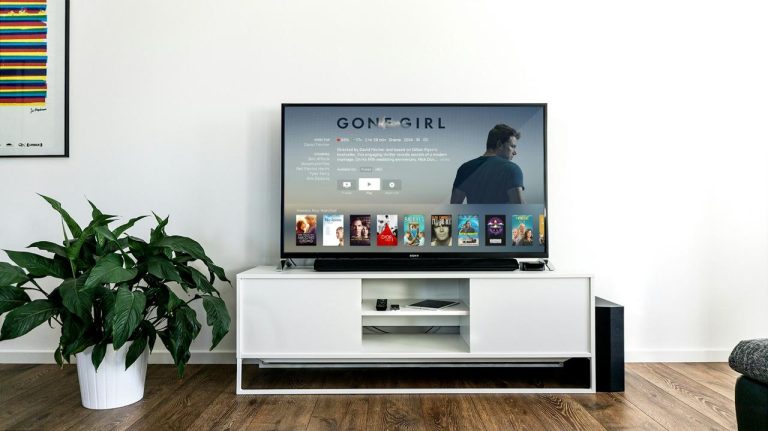Navigating the Soundscape: Understanding Sensorineural Hearing Loss
The ability to hear is a fundamental aspect of human experience, connecting us to the world around us through the rich tapestry of sounds that shape our lives. However, for millions of people worldwide, hearing loss presents a significant challenge, impacting communication, relationships, and overall quality of life. Among the various types of hearing loss, sensorineural hearing loss stands as one of the most prevalent and complex. In this article, we delve into the intricacies of sensorineural hearing loss, exploring its causes, symptoms, diagnosis, treatment options, and strategies for navigating the soundscape with resilience and empowerment.
Understanding Sensorineural Hearing Loss
Sensorineural hearing loss occurs when there is damage or dysfunction in the inner ear (cochlea) or the auditory nerve pathways leading to the brain. Unlike conductive hearing loss, which typically involves problems with the outer or middle ear, sensorineural hearing loss affects the innermost structures responsible for converting sound vibrations into electrical signals that the brain interprets as sound.
Causes of Sensorineural Hearing Loss
Sensorineural hearing loss can be caused by factors such as aging (presbycusis), exposure to loud noises, genetic predispositions, ototoxic medications, and certain illnesses or infections, all contributing to damage or dysfunction in the inner ear or auditory nerve pathways.
- Age-related Degeneration (Presbycusis): The natural aging process often leads to the gradual deterioration of the delicate hair cells in the cochlea, diminishing the ability to detect high-frequency sounds and understand speech clearly.
- Noise-induced Hearing Loss: Prolonged exposure to loud noises, whether occupational (e.g., machinery, construction) or recreational (e.g., concerts, firearms), can damage the hair cells in the cochlea, leading to permanent hearing loss.
- Genetic Factors: Inherited genetic mutations can predispose individuals to sensorineural hearing loss, affecting the development or function of crucial auditory structures.
- Ototoxic Medications: Certain medications, such as some antibiotics, chemotherapy drugs, and nonsteroidal anti-inflammatory drugs (NSAIDs), have the potential to cause damage to the cochlea or auditory nerve, resulting in hearing loss.
- Illnesses and Infections: Viral infections (e.g., measles, mumps, meningitis) and diseases (e.g., Meniere’s disease) can damage the inner ear structures, leading to sensorineural hearing loss.
Symptoms of Sensorineural Hearing Loss
The symptoms of sensorineural hearing loss can vary in severity and presentation, but common indicators include:
- Difficulty understanding speech, especially in noisy environments.
- Muffled or distorted sound perception.
- Difficulty discerning between similar-sounding words.
- Tinnitus (ringing, buzzing, or roaring sounds in the ears).
- Sensitivity to loud noises (hyperacusis).
- Gradual onset of hearing loss over time.
Diagnosis of Sensorineural Hearing Loss
Diagnosing sensorineural hearing loss typically involves a comprehensive evaluation by an audiologist or otolaryngologist (ENT specialist). The diagnostic process may include:
- Audiometric Testing: Pure-tone audiometry and speech audiometry tests assess hearing sensitivity and speech understanding ability, respectively.
- Tympanometry: This test evaluates the function of the middle ear and can help differentiate between sensorineural and conductive hearing loss.
- Otoacoustic Emissions (OAE): OAE testing measures the sound emissions produced by the inner ear in response to auditory stimuli, providing information about cochlear function.
- Auditory Brainstem Response (ABR): ABR testing measures the electrical activity of the auditory nerve and brainstem in response to sound stimuli, aiding in the diagnosis of sensorineural hearing loss.
Treatment Options for Sensorineural Hearing Loss
While sensorineural hearing loss is often permanent, various treatment options and interventions can help individuals manage their condition and improve their quality of life:
- Hearing Aids: Amplification devices, such as hearing aids, can enhance sound perception and speech clarity for individuals with sensorineural hearing loss. Modern hearing aids are equipped with advanced features like directional microphones, noise reduction algorithms, and wireless connectivity for optimal performance in diverse listening environments.
- Cochlear Implants: For individuals with severe to profound sensorineural hearing loss who do not benefit from hearing aids, cochlear implants offer a viable solution. These surgically implanted devices bypass the damaged inner ear by directly stimulating the auditory nerve, enabling recipients to perceive sound.
- Assistive Listening Devices (ALDs): ALDs, including FM systems, loop systems, and captioned telephones, augment sound transmission and improve communication accessibility for individuals with sensorineural hearing loss, particularly in challenging listening situations.
- Communication Strategies and Rehabilitation: Speech-language therapy and auditory training programs can help individuals with sensorineural hearing loss improve their communication skills, speech recognition abilities, and overall auditory processing.
- Noise Management and Hearing Protection: Preventing further hearing loss is essential for individuals with sensorineural hearing loss. Implementing noise reduction strategies and using hearing protection devices (e.g., earplugs, earmuffs) can safeguard against further damage from loud noises.
Navigating the Soundscape with Sensorineural Hearing Loss
Living with sensorineural hearing loss presents unique challenges, but with proactive management and support, individuals can navigate the soundscape with resilience and empowerment:
- Advocacy and Education: Empowerment begins with understanding. Advocating for oneself and educating others about the challenges of sensorineural hearing loss can foster greater awareness, empathy, and inclusivity in society.
- Accessible Communication: Clear communication is essential for individuals with sensorineural hearing loss. Using visual cues, speaking face-to-face in well-lit environments, and minimizing background noise can enhance communication effectiveness.
- Support Networks: Connecting with peers, support groups, and online communities can provide valuable emotional support, practical advice, and shared experiences for individuals with sensorineural hearing loss and their loved ones.
- Lifestyle Modifications: Making lifestyle adjustments, such as prioritizing rest, maintaining a healthy diet and exercise regimen, and managing stress levels, can contribute to overall well-being and coping with sensorineural hearing loss.
- Regular Monitoring and Follow-up: Regular check-ups with audiologists or ENT specialists are essential for monitoring hearing health, adjusting treatment plans as needed, and addressing any emerging concerns promptly.
Conclusion
Sensorineural hearing loss presents multifaceted challenges that affect individuals physically, emotionally, and socially. However, with comprehensive understanding, proactive management, and access to appropriate interventions and support systems, individuals with sensorineural hearing loss can navigate the soundscape with resilience, confidence, and a renewed appreciation for the richness of auditory experiences. By fostering awareness, advocating for inclusivity, and embracing innovative solutions, we can create a world where everyone, regardless of their hearing abilities, can fully participate and thrive in the vibrant symphony of life.






